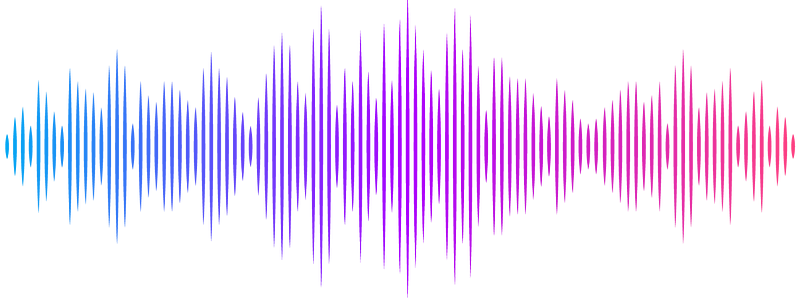Astrocyte-to-microglia communication via Sema4B-Plexin-B2 modulates injury-induced reactivity of microglia

Astrocyte-to-microglia communication via Sema4B-Plexin-B2 modulates injury-induced reactivity of microglia
Casden, N.; Belzer, V.; ELKHAYARI, A.; Elfatimy, R.; Behar, O.
AbstractAfter central nervous system injury, a rapid cellular and molecular response is induced. This response can be both beneficial and detrimental to neuronal survival in the first few days and increases the risk for neurodegeneration if persistent. Semaphorin4B (Sema4B), a transmembrane protein primarily expressed by cortical astrocytes, has been shown to play a role in neuronal cell death following injury. Our study shows that after cortical stab wound injury, cytokine expression is attenuated in Sema4B knockout mice and microglia/macrophage reactivity is altered. In vitro, Sema4B enhances the reactivity of microglia following injury, suggesting astrocytic Sema4B functions as a ligand. Moreover, injury-induced microglia reactivity is attenuated in the presence of Sema4B knockout astrocytes compared to heterozygous astrocytes. In vitro, experiments indicate Plexin-B2 is the Sema4B receptor on microglia. Consistent with this, in microglia/macrophage-specific Plexin-B2 knockout mice, similar to Sema4B knockout mice, microglial/macrophage reactivity and neuronal cell death are attenuated after cortical injury. Finally, in Sema4B/Plexin-B2 double heterozygous mice, microglial/macrophage reactivity is also reduced after injury, thus supporting the idea that both Sema4B and Plexin-B2 are part of the same signaling pathway. Taken together, we propose a model in which following injury, astrocytic Sema4B enhances the response of microglia/macrophages via Plexin-B2, leading to increased reactivity.